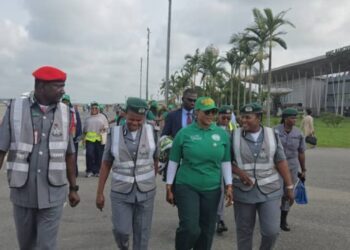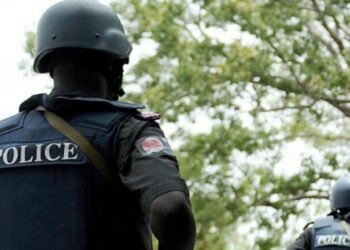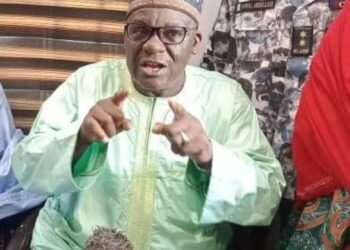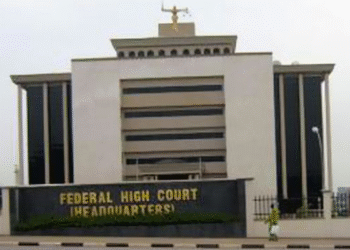By Muhammad Sajo
Setting politics aside, we must acknowledge the harsh reality: the Sokoto State Government struggles to provide sufficient quantities of potable water to its densely populated communities. Water scarcity has been a persistent issue that successive governments in the state have faced. Households are compelled to supplement their supply with hand-dug wells, as is common in various states across both the North and the South. Wealthy individuals, philanthropists, corporate bodies, and organisations should also contribute by sinking boreholes in communities.
It is important to note that while recent governments’ plans for water provision have followed an arithmetic progression, the population has been growing at a geometric rate. The original Sokoto Water Scheme, initiated in the late 1950s and into the 1960s, was designed to undergo regular expansions to meet the demands of a growing population. However, substantial expansion works were not undertaken until the 1980s, particularly during the tenure of Colonel Ahmed Daku (rtd.), continuing into the mid-1990s, which hardly sufficed for the ever-expanding state capital and its surroundings.
At that time, the water expansion works reached the far corners of Sokoto metropolis, with large water pipes being laid along major roads and smaller pathways of adjacent dwellings. Many of us were present to witness the completion of the Sokoto Water expansion works, inaugurated by the then Head of State, General Ibrahim Babangida. The issue of water scarcity in Sokoto has persisted, particularly since the beginning of the current political era, as metropolitan areas and communities have grown significantly, merging with neighbouring towns and villages that all depend on a single main water system.
Since then, no governor has escaped criticism regarding water shortages. At the beginning of the current political era in 1999, Attahiru Bafarawa’s government was the first to tackle the issue of insufficient water treatment chemicals, which were adversely impacting water supply at the time. As reporters, we recall that the Sokoto State Water Board and the Sokoto Main Water Intake on Kware Road were Bafarawa’s first points of call upon assuming office. His government undertook expansion, servicing, and refurbishment works at the main Sokoto water intake and treatment plant. Towards the end of Bafarawa’s second term, boreholes were also dug in various locations to alleviate the water crisis.
Aliyu Wamakko’s tenure as Sokoto State Governor, which commenced in 2007, also grappled with this issue. Wamakko’s administration saw significant provision of boreholes and moderate water stations with large storage facilities throughout not only Sokoto metropolis but also various towns and villages. This was in addition to the repair and replacement of the large water pipes from the Sokoto Main Water Intake. Aminu Waziri Tambuwal’s government, which began in 2015, implemented some measures to address the water crisis, although these efforts do not quite match those of Bafarawa and Wamakko. The extensive sinking of boreholes across communities appears to be a prudent approach.
However, ensuring adequate water supply for the entire Sokoto State capital and its surroundings is a long-term goal, not to be achieved immediately. With the advancing technology, this project is feasible, especially if other pressing issues, such as insecurity, diminish; we hope for that. In the current situation, however, the average Nigerian in Sokoto State should continue to regard the water crisis as one of the many life challenges, alongside power supply, food security, education, personal safety, health, and so forth.
Given the current circumstances, it is also essential that government workers, particularly those from areas affected by the water crisis, be exempted from paying water levies, if they are required to pay at all, to provide them with a measure of relief.
A stitch in time saves nine.











